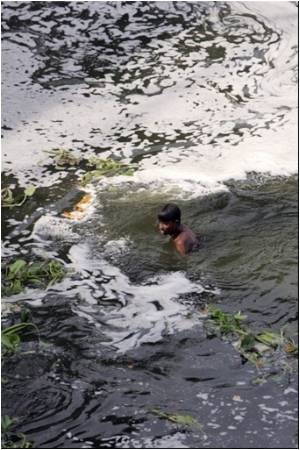A study has said that 'water fleas' could be indicators of environmental toxins and pollutants.

Cadmium, a highly toxic to aquatic life (and to humans), is one of the most common contaminants found. And the importance of the flea lies in adaptive response to sub-lethal levels of cadmium.
Daphnia adapts to high levels of cadmium by increasing a key protective molecule called metallothionein - a process, which also reduces their reproductive success.
"Daphnia can serve as an important 'canary in a coal mine' for freshwater ecosystems and their response to environmental contamination," said Joshua Hamilton, senior scientist and chief academic and scientific officer at the Marine Biological Laboratory (MBL) in Woods Hole, Mass.
"When the Daphnia population is impacted, it is likely that the entire ecosystem is being adversely affected and may be on the verge of collapse."
Now, according to Joseph Shaw, a biologist at Indiana University-Bloomington's School of Public and Environmental Affairs, "with many shared genes between Daphnia and humans, we will now also apply Daphnia as a surrogate model to address issues directly related to human health. This puts us in a position to begin integrating studies of environmental quality with research of human diseases."
Advertisement
Source-ANI









